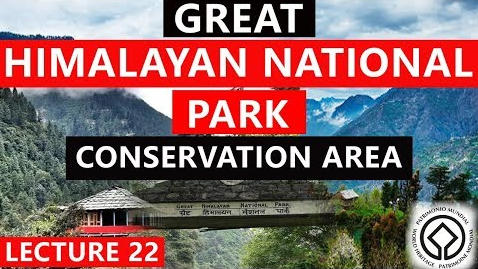Table of Contents
CULTURAL SITES
- Agra Fort (1983)
- Ajanta Caves (1983)
- Archaeological Site of Nalanda Mahavihara at Nalanda, Bihar (2016)
- Buddhist Monuments at Sanchi(1989)
- Champaner-Pavagadh Archaeological Park (2004)
- Chhatrapati Shivaji Terminus (formerly Victoria Terminus) (2004)
- Churches and Convents of Goa(1986)
- Elephanta Caves (1987)
- Ellora Caves (1983)
- Fatehpur Sikri (1986)
- Great Living Chola Temples (1987,2004)
- Group of Monuments at Hampi (1986)
- Group of Monuments at Mahabalipuram (1984)
- Group of Monuments at Pattadakal (1987)
- Hill Forts of Rajasthan (2013)
- Historic City of Ahmadabad (2017)
CULTURAL SITES
- Humayun’s Tomb, Delhi (1993)
- Khajuraho Group of Monuments (1986)
- Mahabodhi Temple Complex at Bodh Gaya (2002)
- Mountain Railways of India (1999,2005,2008)
- Qutb Minar and its Monuments, Delhi (1993)
- Rani-ki-Vav (the Queen’s Stepwell) at Patan, Gujarat (2014)
- Red Fort Complex (2007)
- Rock Shelters of Bhimbetka (2003)
- Sun Temple, Konârak (1984)
- Taj Mahal (1983)
- The Architectural Work of Le Corbusier, an Outstanding Contribution to the Modern Movement (2016)
- The Jantar Mantar, Jaipur (2010)
- Victorian Gothic and Art Deco Ensembles of Mumbai (2018)
NATURAL
- Great Himalayan National Park Conservation Area (2014)
- Kaziranga National Park (1985)
- Keoladeo National Park (1985)
- Manas Wildlife Sanctuary (1985)
- Nanda Devi and Valley of Flowers National Park(1988,2005)
- Sundarbans National Park (1987)
- Western Ghats(2012)
Mixed
- Khangchendzonga National Park (2016)
HISTORY
- Great Himalayan National Park was constituted in 1984 and was formally notified as a national park in 1999. It is located in Banjaar Sub-Division of Kullu District of Himachal Pradesh, India, in the far Western Himalayas.
- The Great Himalayan National Park is a habitat to numerous flora and more than 375 fauna species, including approximately 31 mammals, 181 birds, 3 reptiles, 9 amphibians, 11 annelids, 17 mollusks and 127 insects.
- They are protected under the strict guidelines of the Wildlife Protection Act of 1972; hence any sort of hunting is not permitted.
PARK
- In June 2014, the Great Himalayan National Park was added to the UNESCO list of World Heritage Sites. The Unesco World Heritage Site Committee granted the status to the park under the criteria of “outstanding significance for biodiversity conservation“.
- The GHNP is at the junction of world’s two major faunal regions: the oriental to the south and palaearctic to the north. The temperate forest flora-fauna of GHNP represents the westernmost extension of the SinoJapanese Region
- The park forms a part of the protected area that also includes Rupi Bhaba Sanctuary and Pin Valley National Park. Total area of the National park is about 754.4 Km2.
- The park protects over 350 species of fauna and more than 800 species of flora, including many medicinal herbs. The fauna of the park includes some of the most exotic species of animals like snow leopard, blue sheep, Himalayan brown bear, Himalayan tahr, musk deer, goral and many others.
HISTORY
- 1980 to 1984 – International team of scientists, under the banner of the Himachal Wildlife Project, surveys Kullu District and recommends creation of GHNP in Banjaar area. Himachal Government expresses intention to create Great Himalayan National Park.
- 1996 – Biodiversity Conservation Society registered to share responsibility for Great Himalayan National Park management.
- 1999 – The park was declared as a National Park. Total area of the park is about 754.4 Km2 .
- 2010 – Proposal to declare 710 Km2 Parvati Watershed as Khirganga National Park in the north of Great Himalayan National Park to strengthen the conservation efforts. Two Wildlife Sanctuaries of Sainj and Tirthan proposed to be merged into GHNP for a higher protection status.
- 2011 – Application to nominate Great Himalayan National Park as UNESCO World Heritage Site, submitted.
- 2014 – The Great Himalayan National Park was added to the UNESCO list of World Heritag Sites.


























 WhatsApp
WhatsApp